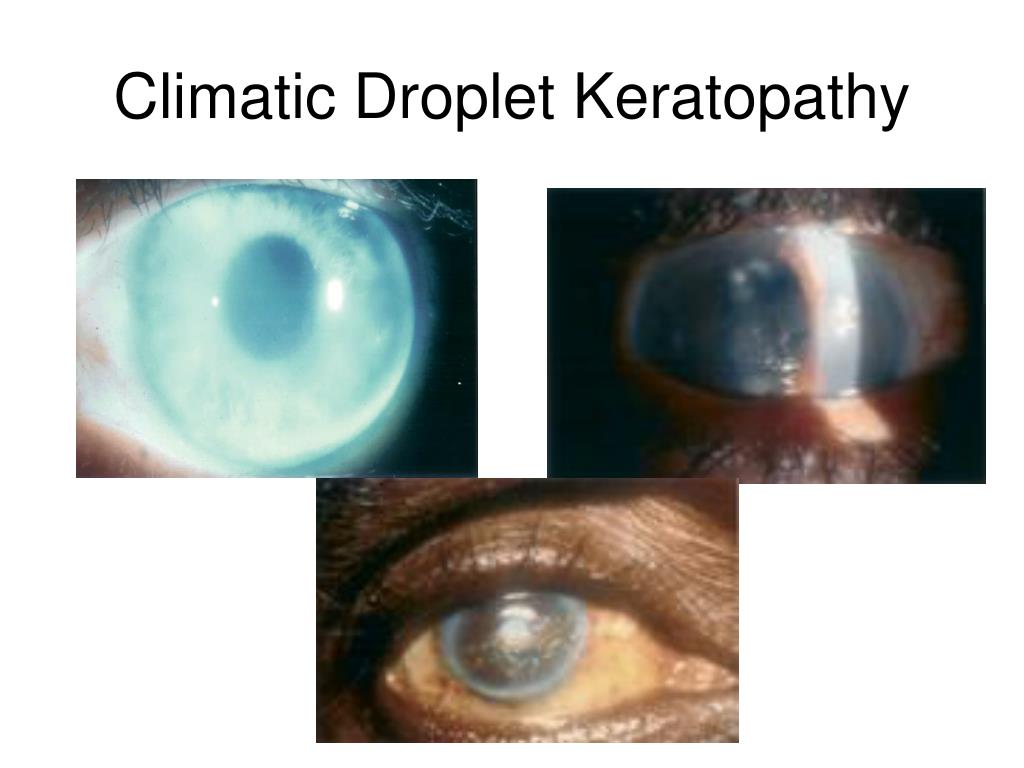

It seems that clinicians have become adept at diagnosing the latter but that they often overlook pellucid marginal degeneration, because it is rare.
Surprisingly, they most commonly involve cases of missed, early pellucid marginal degeneration versus missed early keratoconus. I often serve as a defense witness in malpractice lawsuits for ectasia. 9 Preliminary research by my colleagues and me indicates that using a combination of the inferior/superior value (derived from topography) and vertical coma (derived from wavefront analysis) best separates early keratoconic subtypes from normals. A topographic map showing slight inferior steepening accompanied by significant coma on wavefront analysis, for example, could be cause for great concern. Wavefront technology is an excellent adjunct to topography in the diagnosis of keratoconus, and I believe that future research will focus on using a combination of videokeratography and wavefront analysis to define keratoconic subtypes. 8 If the diagnosis on topography is still in doubt, the clinician should perform dilated cycloplegic retinoscopy in order to rule out early keratoconus. Because there are several situations in which an abnormal inferior/superior value merely represents a false positive, it is not necessarily an indicator of a keratoconic subtype. Practitioners should take into account the entire clinical picture. They are not diagnostic, however, and should be used only as an aid. 5 Indices such as the inferior/superior index that I developed 6,7 (Figure 6) are a useful adjunct. 4Īfter ruling out contact lens-induced warpage, clinicians should look for the topographic pattern of an asymmetric bow tie with a skewed radial axis. Such individuals, even in the absence of clinical evidence of keratoconus, should be treated with a high degree of suspicion. The pattern of an asymmetric bow tie with a skewed radial axis only occurs in 0.05 of the normal patient population, but it is almost universal in patients with keratoconus. 2,3 In fact, using the absolute scale and sagittal topography, the classification scheme encompasses 10 patterns that all depict normal corneal topography (Figure 5).īecause normal corneas tend to be symmetrical within and between eyes, asymmetry is a clue to pathology. Accurate diagnosis, however, demands a solid understanding of normal corneal topography, a category encompassing a large degree of variation. 1 Despite many ophthalmologists' emphasis on posterior corneal curvature, I believe that the earliest signs of keratoconus appear anteriorly. With a careful slit-lamp evaluation, dilated retinoscopy, pachymetry, and standard Placido-based videokeratography, surgeons can detect the vast majority of keratoconic subtypes preoperatively and thus prevent ectasia. Many patients labeled as keratoconus suspects never develop clinical keratoconus. The term is not synonymous with subclinical keratoconus, because the practitioner only knows it is subclinical once it has progressed to keratoconus. Keratoconus suspect is a catchall term to indicate a patient with inferior or central steepening on topography that the clinician suspects may progress to keratoconus1 (Figure 4). Forme fruste keratoconus presents with no slit-lamp findings or scissoring on retinoscopy, but the typical topography (asymmetric bow tie with a skewed radial axis) is once again present (Figure 3). The typical topography (asymmetric bow tie with a skewed radial axis) is also present (Figure 2). In "early" keratoconus, there are no slit-lamp findings, but scissoring is evident on retinoscopy with a dilated pupil. Keratoconus is a clinical disease that is detectable at the slit lamp through obvious clinical signs such as stromal thinning and is associated with a typical topographic pattern (asymmetric bow tie with a skewed radial axis) (Figure 1). I have developed a classification scheme based on anterior videokeratography and clinical signs to detect keratoconic subtypes that I hope will be useful to practicing clinicians. Understanding the spectrum of normal corneal topography is crucial to suspecting pathology. Good clinical judgment combined with topography and adjunctive testing are the keys to diagnosing keratoconic subtypes.


 0 kommentar(er)
0 kommentar(er)
